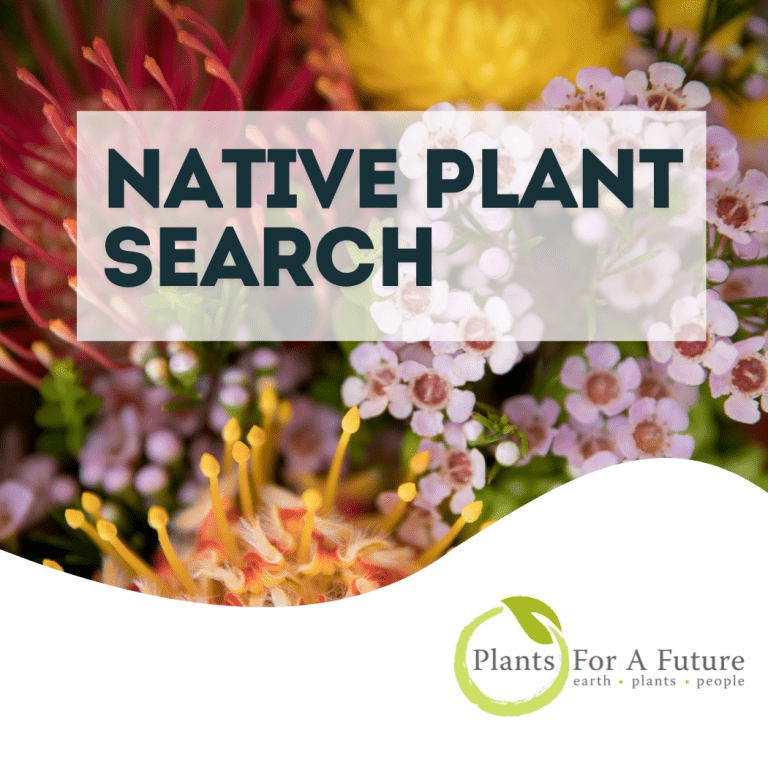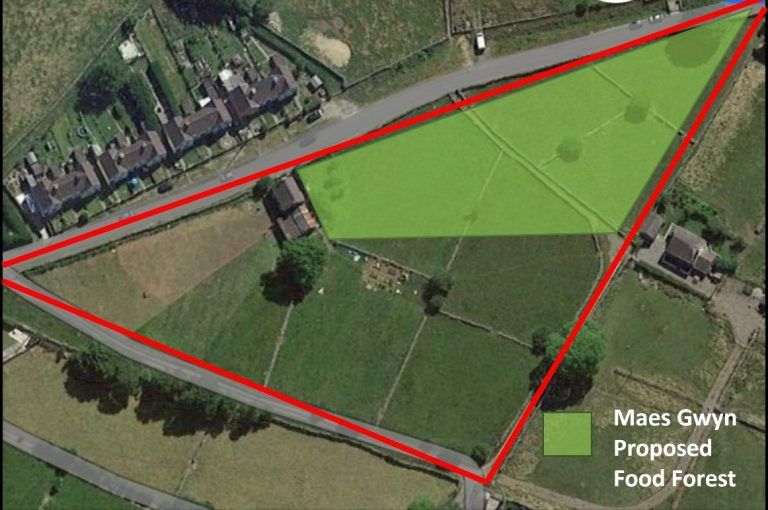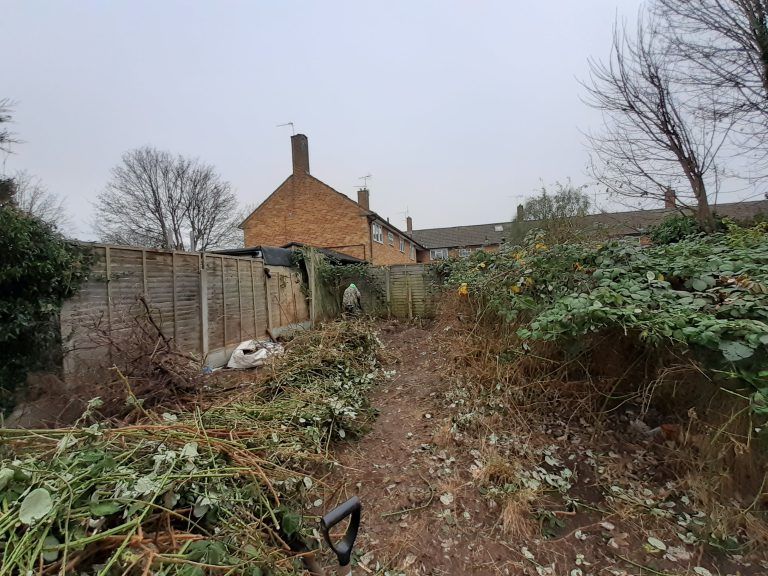Twice recently I have sent complimentary copies of our new book Plants for Your Food Forest to people involved in rewilding schemes. One of them is a student developing a computer system for helping people rewild their gardens, the other is working with children and residents in her parish and also running a county-wide rewilding campaign. I wrote notes to each of them to go with their books, and the gist of my message to the student was this: ‘Your idea of using our database as part of a rewilding scheme gave me the intriguing thought that a food forest is rewilding with useful plants – which sounds like a contradiction but it’s a consequence of permaculture design using natural models. The majority of plants in a food forest will be perennials, all will be food producing, will have useful functions within the ecosystem and will sequester carbon in their woody parts or in the soil.’
The other form of wildlife friendly land use getting a lot of attention recently is agroforestry. The report of a study in the journal Agriculture, Ecosystems and Environment by Alexa Varah of Reading University states that ‘Planting woody plant species alongside crops could double the number of insect pollinators helping farmers produce food’ and that ‘agroforestry sites had double the number of solitary bees and hoverflies, and in arable agroforestry sites there were 2.4 times more bumblebees than in those with just one kind of crop. Solitary bee species richness also increased tenfold at some sites’.[1] This suggests that agroforestry is a version of ‘rewilding with useful plants’ but the planting is not a food forest as described in our new book. I have copied parts of the introduction into our blog, see https://pfaf.org/plants/the-food-forest-alternative/
One enthusiastic adopter of agroforestry is Guy Singh-Watson, founder of the Riverford fruit and veg box scheme. In a recent post to ‘Guy’s News’, he reports on how he has already planted 30 acres of nut trees, and he then sets out his plans for raising money to fund planting 10,000 trees a year, and cover 250 acres, and explains the six benefits which he sees as being ‘actually win, win, win, win, win, win’.[2]
The starting point for Singh-Watson’s desire to make agroforestry happen is that: ‘We must plant trees to tackle the climate crisis – but we must also grow food’. What he means is grow food commercially, which will involve agricultural machinery, also the kind of manual labour which has recently proved difficult to recruit, plus all the materials, machinery and labour needed for packaging, plus lorries and vans and perhaps container shipping for transportation, unless he limits sales to the UK and, in particular, to customers living locally to the agroforestry sites.
Singh-Watson has tackled one crucial aspect of commercial food growing: packaging materials. Riverford used to supply the items of fruit and vegetables in customers’ boxes in plastic bags, trays and nets. The boxes themselves are cardboard and are picked up with deliveries for re-use. In March 2020, a zero-packaging box option was introduced. In other box options, plastic trays and nets were replaced with compostable ones made from wood waste. Recently, plastic bags have been replaced by home-compostable ones, saving 21 tonnes of plastic a year.[3] This is not the complete solution it appears to be since not all Riverford’s customers will have composting facilities capable of breaking the bags down. Those who do presumably do a lot of gardening, probably including growing food, so why would they need a fruit and veg box? Having tried putting these home-compostable bags in our compost bins, we find they break into strips but don’t vanish altogether. In any case, resources, including energy, will have been used to produce the compostable packaging.
Of course, if Singh-Watson succeeds in getting the support and funding he is seeking, and puts his expansion of agroforestry into practice, this would be a great step in the right direction, a valuable contribution to supporting wildlife and sequestering carbon, if it is carried out in the best way. On the ‘Guy’s News’ post in which Singh-Watson sets out the invitation to participate in the scheme, there was an interesting comment:
‘Guy, I’m surprised and dismayed to see that you planted your walnut trees in rows up and down the slope. When the trees are mature and livestock want to go from A to B in the field, they will follow a fairly narrow path midway between the trees. The grass will get worn away, leaving a narrow line of bare soil. Then, when there’s heavy rain – we’re going to get more extremes of all weather events – you’ll have a rivulet of mud, turning into a gully, with several tonnes of soil (per gully) slamming up against the hedge at the bottom of the field.’ (There were several ‘likes’.)
What this comment suggests to me is that Singh-Watson’s agroforestry expansion would be more reliably successful if permaculture design and using natural models were brought in at an early stage. And that takes us back to seeing the food forest as rewilding with useful plants, in particular a variety of edible perennials including trees, shrubs and herbaceous plants, arranged according to natural models using permaculture design. Food forests on a home garden and community scale, with local growing and cooperative exchange to feed people where they live, requires no packaging, home-compostable or plastic. Locally grown and woven baskets could be used instead. My dream and my hope is for local food forestry to join up and expand in the direction of commercial farm scale, eventually supplanting it altogether.
[1] Alexa Vara, ‘Agroforestry is “win win” for bees and crops, study shows’, https://www.reading.ac.uk/news-and-events/releases/PR846354.aspx [accessed 27/10/21]
[2] Guy Singh-Watson, ‘Agroforestry: together we can make it happen’, https://wickedleeks.riverford.co.uk/opinion/news-farm-farming-biodiversity/agroforestry-together-we-can-make-it-happen [accessed 27/10/21]
[3] Guy Singh-Watson, ‘Farm plastic packaging: 21 tonnes of plastic saved’, https://wickedleeks.riverford.co.uk/opinion/news-farm-plastic-packaging/21-tonnes-plastic-saved [accessed 27/10/21]






